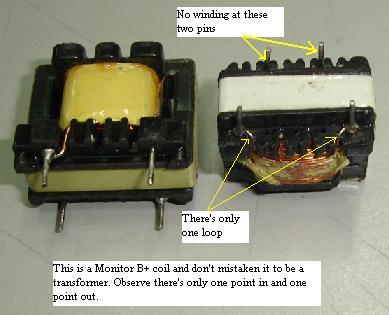dalta centauri
Distinguished
[citation][nom]chefboyeb[/nom]I have a Rosewill 950-DB and it's been working excellently for over a year now... How safe am I?[/citation]
Rosewill does seem to have better PSU quality now, as their price is also respectable to the wattage of their hardware. I was running a 500w Rosewill, ran great for most needs but I switched it out into my old computer as I'm upgrading.
Only problem is that Rosewill power supples will usually have 2 to 4 rails, and their power supplies won't even have up to 20 Amps per rail. Then again, it all depends on the price, there's an 800w Rosewill that has a single rail at 66Amps.
Rosewill does seem to have better PSU quality now, as their price is also respectable to the wattage of their hardware. I was running a 500w Rosewill, ran great for most needs but I switched it out into my old computer as I'm upgrading.
Only problem is that Rosewill power supples will usually have 2 to 4 rails, and their power supplies won't even have up to 20 Amps per rail. Then again, it all depends on the price, there's an 800w Rosewill that has a single rail at 66Amps.



